#amarna period
Text
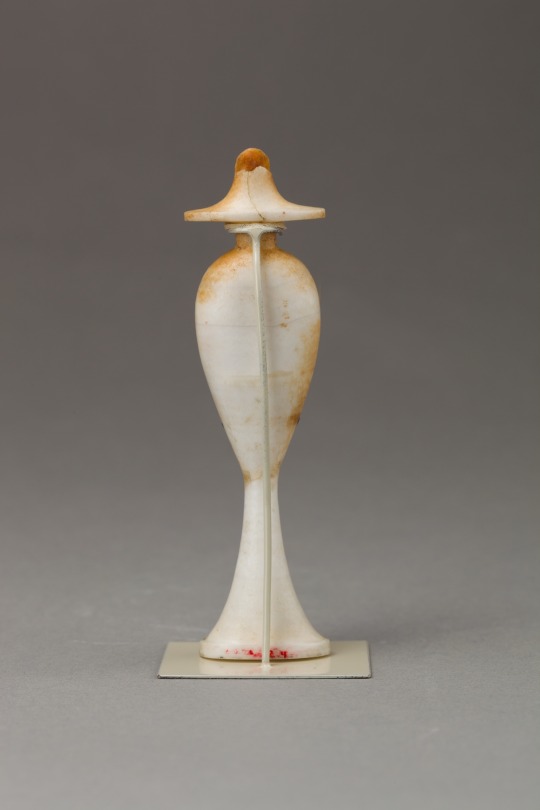


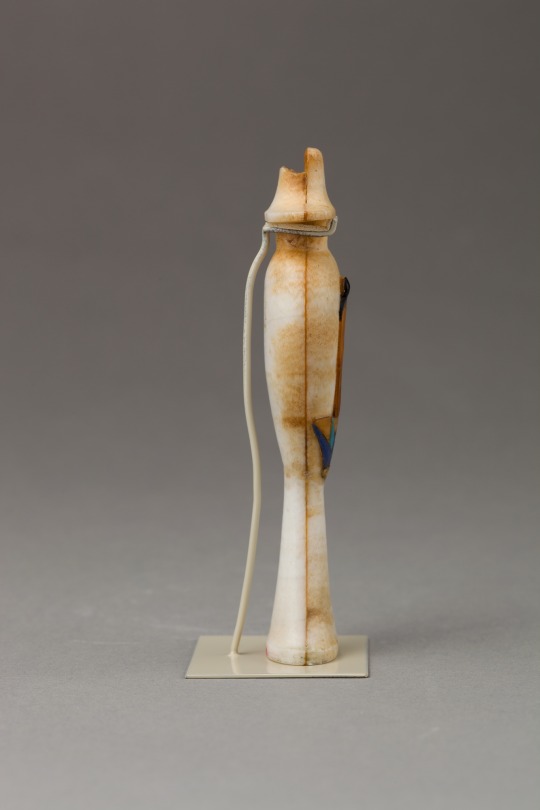
~ Perfume bottle in the shape of a hes-vase inlaid with the figure of a princess.
Period: New Kingdom, Amarna Period; 18th Dynasty; Reign of Akhenaten
Date: ca. 1353–1336 B.C.
Place of origin: Egypt; Possibly from Upper Egypt, Thebes
Medium: Travertine (Egyptian alabaster), carnelian, obsidian,gold, and colored glass inlay.
#ancient#ancient art#history#museum#archeology#ancient egypt#ancient history#archaeology#egyptology#egyptian#egypt#perfume bottle#hes-vase#princess#amarna period#18th dynasty#new kingdom#Akhenaten#thebes#ca. 1353 b.c.#ca. 1336 b.c.
763 notes
·
View notes
Text
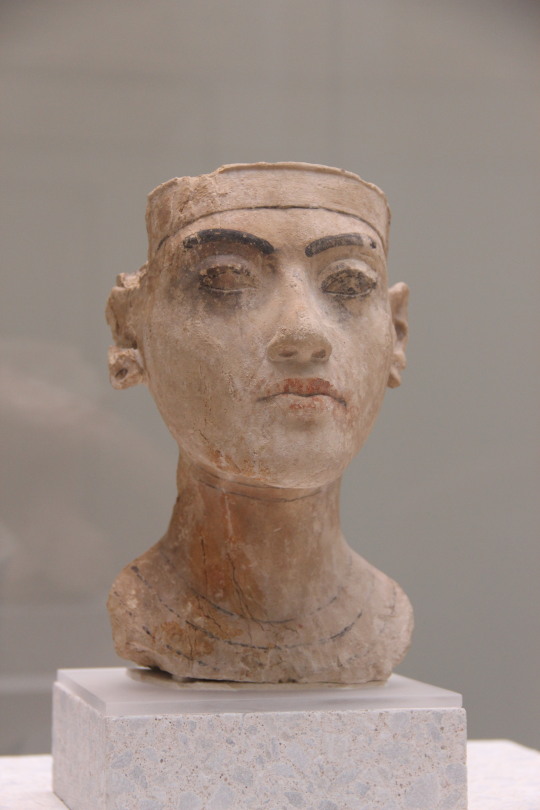
Sculpture of a member of the Egyptian royal family. Artist unknown; 18th Dynasty, Amarna Period. Now in the Neues Museum, Berlin. Photo credit: Gary Todd.
#art#art history#ancient art#Egypt#Ancient Egypt#Egyptian art#Ancient Egyptian art#18th Dynasty#New Kingdom#Amarna Period#sculpture#portrait sculpture#portrait bust#stonework#carving#Neues Museum
537 notes
·
View notes
Text
The "elder princesses"

#old art from 2020#meritaten#maketaten#ankhesenpaaten#based on a relief from one of the amarna tombs#im proud of the fabric tbh#one day i will draw backgrounds lmaooo#my art#ancient egypt#amarna period
393 notes
·
View notes
Photo
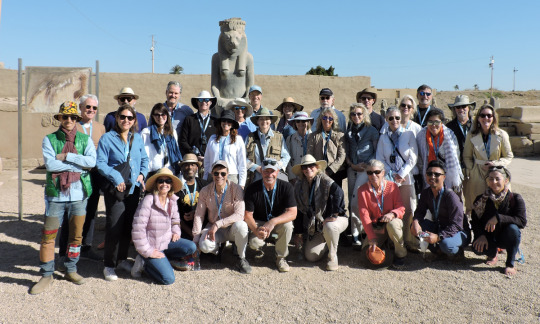
We began work on January 28, but the highlight of this week was the January 31 visit to the site by Anne Pasternak, the Brooklyn Museum Director, and members of the Museum’s Board of Governors. We were thrilled to be able to show them the site where Brooklyn has worked for the past 40+ years. We hope they enjoyed their visit.

As promised last week, here are the members of our team. Our foreman again this year is Abdel Aziz Farouk Sharid (left). He and our inspector, Haitham Mohamed Sa’ad el-Din are discussing the season’s work. The Supreme Council of Antiquities (SCA) assigns an inspector to every expedition to act as liaison with the SCA and help facilitate the work. We are happy to have Haitham with us this season.

Besides Abdel Aziz, the Qufti who working with us this year are Abdel Aziz’s brother Ayman Farouk Sharid (center), the foreman for the Johns Hopkins University expedition who works with us when Hopkins isn’t in the field; and Mamdouh Kamil, who has worked with us for many seasons. All are from the village of Quft (ancient Coptos), which has a long tradition of archaeology going back to the late 19th century. Ayman and Abdel Aziz are the sons of one of the great Egyptian archaeologists, the late Farouk Sharid Mohamed, who was a beloved friend and treasured colleague. His sons are worthy successors to him.

You are looking northwest at the first court of Temple A, which stands northeast of the Mut Temple. We are working in two areas of the court this year. In 2019 we were able to confirm that that the row of limestone features on the court’s south side were sphinx bases. This season we want to see if there are remains of corresponding bases on the north side (right). We are also clearing the corridor between the south colonnade and the south wall of the court (left).

By the end of the week (February 2) the results in the north square were equivocal. Looking north, you can see an area of decayed limestone on the right side of the square that might be the remains of a sphinx base. On February 1, Mamdouh uncovered the round, dark feature to the left of the “sphinx base” that might be a tree hole. Sphinx avenues often had trees planted between the sculptures.

The work on the corridor was more productive. By the middle of the week Ayman had cleared a mass of broken stone and revealed the lowest course of the court’s south wall (left) and the footing of the temple’s 2nd Pylon. Both sit on a sand foundation that you can see below the blocks of stone. It was common to use sand in the foundations to level out uneven ground.

On February 1 our Dutch colleague, Jacobus (Jaap) van Dijk joined us for another season. First thing on the morning of February 2, Ayman called us over to show us an interesting find: a large relief-decorated block. Jaap immediately got down to have a look.

The block has a beautifully carved relief of Amun that clearly is Thutmoside in style, that is, from the reign of Hatshepsut and/or Thutmosis III, of the mid-15th century BC. What makes it particularly interesting is the small, shallowly carved graffito of a God’s Wife of Amun facing the Amun and dating stylistically to Dynasty 25 or 26, about 700 years after the god’s face was carved. God’s Wives of Amun were priestesses, usually the sisters or daughters of kings, who wielded great political power in the Third Intermediate Period and later.
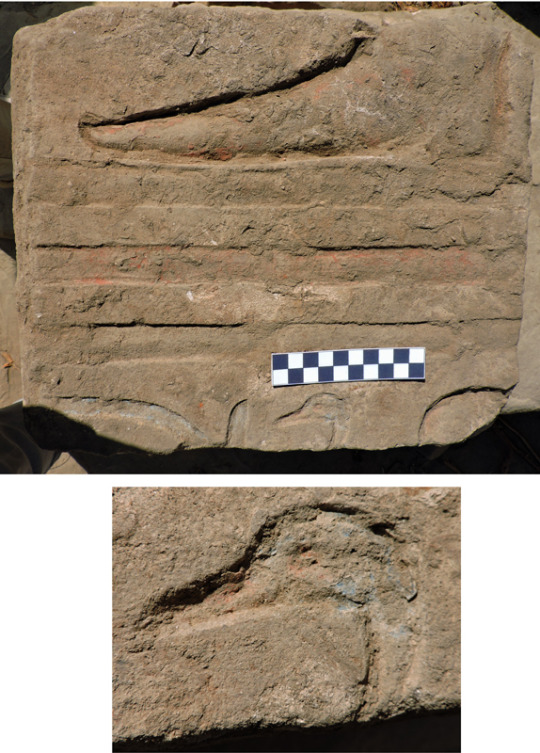
Just west of the Amun block was smaller cube of stone with a sunk relief depiction of a man’s foot on base lines with the top of a cartouche and the “son of Re” title below. The style of the foot (very long) and the vertical element of the cartouche date it to the reign of Akhenaten. It probably came originally from his temple in East Karnak, built before the king moved the capital to Amarna. The artist paid attention to detail when painting the relief, painting the head of the goose (“son”) blue but its beak and eye red. The Brooklyn Museum has an interesting group of Amarna Period reliefs showing a pastoral scene.

By the end of the week Ayman and his crew had cleared the bases of the first 3 columns of the colonnade, working from west to east. The blocks of the bases are large: 70 cm by 125 cm and almost 100 cm thick.
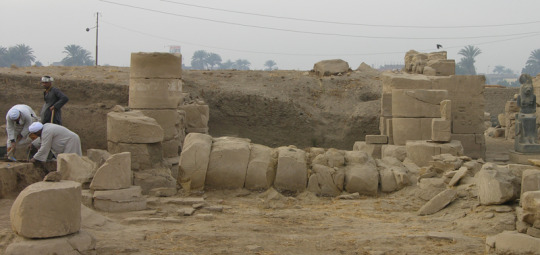
We are also planning on restoring 2 fallen columns in the colonnaded porches in front of the Mut Temple. The one in the East Porch is shown here as it was found in 1979. Work hasn’t started on these yet; there will be more about the restoration next week.
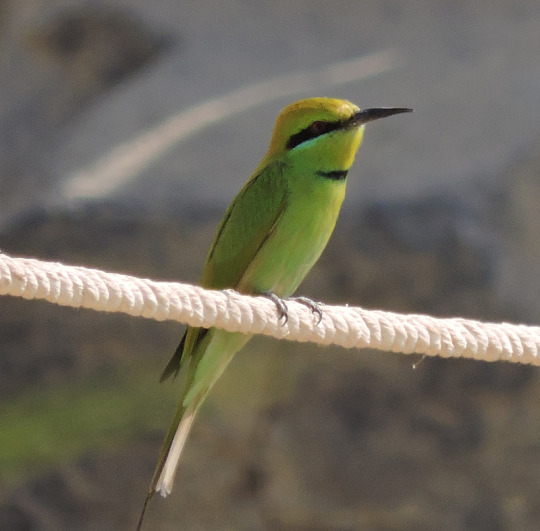
One of our favorite birds is the tiny, bright bee eater, so called because it catches insects in mid-air. This is the first we’ve seen this season.

An unusual cloud formation seen at sunset one night. Angels? Extraterrestrials?
Posted by Richard Fazzini and Mary McKercher
#BkMMutDig#MutDig#Mut#temple#Egypt#excavation#BkMEgyptianArt#egyptian art#egyptian#amarna period#Akhenaten#Thutmoside#archaeology#Brooklyn Museum#brooklyn#museum#art
223 notes
·
View notes
Text
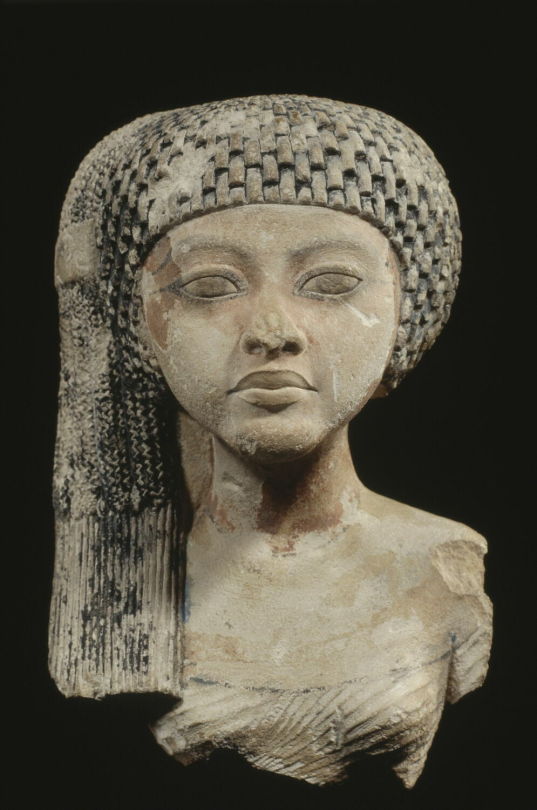
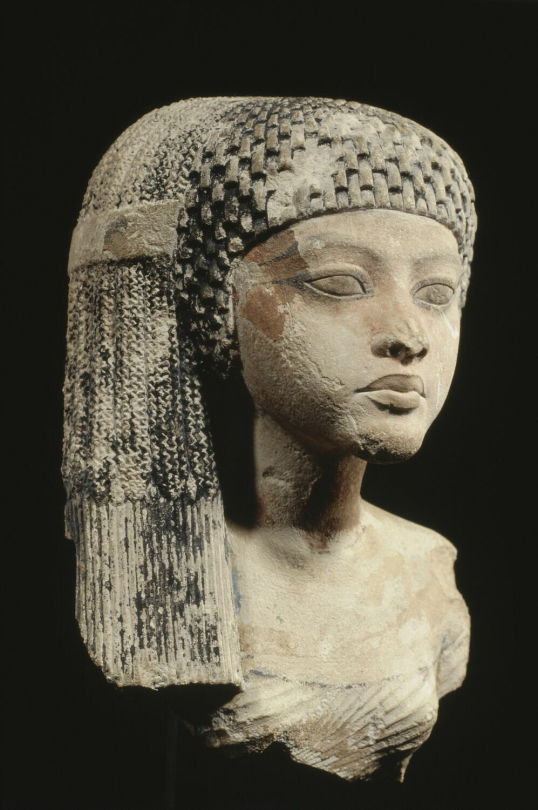



head of a princess, possibly a daughter of nefertiti & akhenaten, perhaps meritaten, c. 1352-1330 b.c.
musée du louvre, département des antiquités égyptiennes, E 14715.
98 notes
·
View notes
Text

Fragments of a queen's face (possibly Tiye), New Kingdom Egypt (18th dynasty, reign of Amenhotep III or Akhenaten; 1390-1336 BCE), yellow jasper
currently in the collection of the Metropolitan Museum of Art (New York City), accession no. 26.7.1396.
#archaeology#art#classical archaeology#egyptian archaeology#egyptology#egypt#new kingdom#amarna period#amenhotep iii#akhenaten
125 notes
·
View notes
Photo
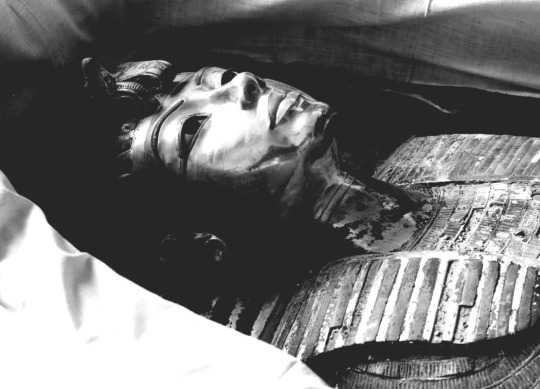
Death mask of Pharaoh Tutankhamun
195 notes
·
View notes
Text
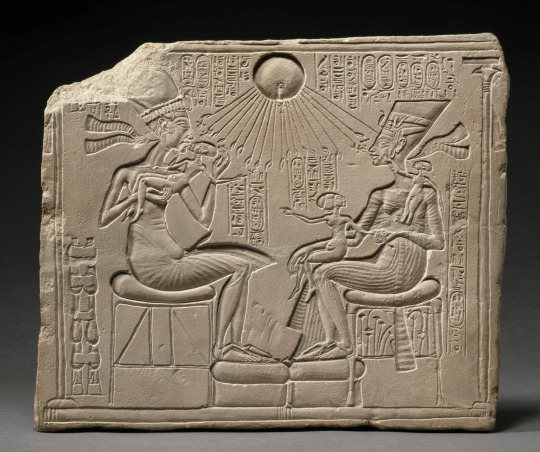
Household Altar with the Royal Family: Akhenaten, Nefertiti and three of their daughters beneath the god Aten, 18th Dynasty - Amarna Period (ca. 1351-1334 BCE), limestone (Ägyptisches Museum, Berlin)
One of my favorite Egyptian pieces, showing the idiosyncratic Amarna style. Love the gentle moments of family intimacy, never shown before or after this period in royal Egyptian art:


It always gets me in the feels to see how one of the young princesses lovingly caresses her mother's cheek.
135 notes
·
View notes
Text

All hail Nefertiti, who turned her back on the old gods!𓆸
☀️
#history#nefertiti#ancient egypt#queen#amarna period#womens history#cult of aten#kemetic#akhenaton#historical figures#femininity#soft girl#ancient egyptian history#royalty#girl power#akhenaten#kemetism#divine feminine#girl boss#baddie#art#ancient history#egyptology#female rulers#nickys facts
17 notes
·
View notes
Photo

Relief Depicting the Nurse Tia ca. 1353–1336 B.C. New Kingdom, Amarna Period
“The block evokes a scene of the king before a crowd. On the right, an elegant hand dangles alongside the thigh of a royal male, surely Akhenaten. Behind him is a woman labeled "the nurse of the king’s daughter Ankhesenpaaten, Tia." Tia faces to the right and holds small loaves to cajole the restive young princess, whose garment is just visible on the far right where she stands for the court ceremony.”
in The Met, gallery 121
#nurse tia#ankhesenamun#akhenaten#taking a moment to think about hoe this is a depiction of the woman who looked after little ankhesenpaaten and having some Feelings#ancient egypt#archaeology#amarna period#18th dynasty
73 notes
·
View notes
Text

Ancient Egyptian statuette (serpentinite) of a scribe seated on the floor with a papyrus roll spread across his knees. Artist unknown; ca. 1360 BCE (Amarna period, 18th Dynasty, New Kingdom). From Amarna; now in the Ägyptisches Museum, Berlin. Photo credit: ArchaiOptix/Wikimedia Commons.
#art#art history#ancient art#Egypt#Ancient Egypt#Egyptian art#Ancient Egyptian art#sculpture#portrait sculpture#statuette#serpentinite#stonework#carving#Amarna Period#18th Dynasty#New Kingdom#Agyptisches Museum
355 notes
·
View notes
Note
Who was, in your opinion, Tut's mother?
In my opinion? Beketaten. A conclusion I've come to recently after many years of thinking I have absolutely no idea
But I also wouldn't at all be surprised if it was Meritaten.
I also wouldn't be surprised if his father was Smenkhkare.
I honestly think that a lot of the information we have contradicts each other and the 2010 DNA tests are a smidge problematic. A lot of why I think this is based on my thoughts and how I interpret the data.
But, if the mummy of the Younger Lady is in fact Tutankhamun's mother, I think she is Beketaten because:
The Younger Lady is buried with the Elder Lady, who is believed to be Queen Tiye. Beketaten is explicitly named or shown in Queen Tiye's company, I think this suggests a close relationship and it makes sense that they would be buried together
Beketaten is likely the daughter of Tiye and Amenhotep III, she has the title "Kings Daughter" and if we are using the 2010 the DNA test as a basis, we know Tutankhamuns parents were full siblings. So if we assume his father is Akhenaten, Beketaten makes sense too
#wow been a while since ive been on here#beketaten#meritaten#sitamun#amarna period#18th dynasty egypt#my ancient egypt theories#tutankhamun#tutankhamuns mother#tutankhamuns mummy
30 notes
·
View notes
Text
I'm looking to reach out and connect with my Kemetic community.
This is the first time I've updated my blog profile and appearance in twelve years! I've always blogged egyptology stuff alongside my various other obsessions, but for the last couple of years, it has swung towards a lot more Egypt-stuff. So I will still be blogging my geeky anime, manga, Danmei stuff, but I felt the look of the blog needed to be updated to more fully reflect my original content.
So hey! I love Ancient Egypt. In particular, Ancient Egyptian religion and mythology. My favourite period is the New Kingdom - Eighteenth Dynasty and Amarna, and the changes in religion at that time. I enjoy Egyptian literature, especially the Book of the Dead and the more obscure books of the Underworld. I have an MA in Ancient Egyptian Archaeology and I teach and lecture. I have a special affinity with Khons. :) I love the academic side of my studies but I'd really like to reach out to the spiritual/Kemetic community here because I don't know many any other practitioners and it can be kinda lonely.
#ancient egypt#egyptian#Egypt#egyptian pharaoh#egypt history#egyptology#ancient kemet#kemeticism#kemetic#pharaoh#tutankhamun#akhenaten#khonsu#egyptian gods#neteru#amarna period#amarna
14 notes
·
View notes
Text



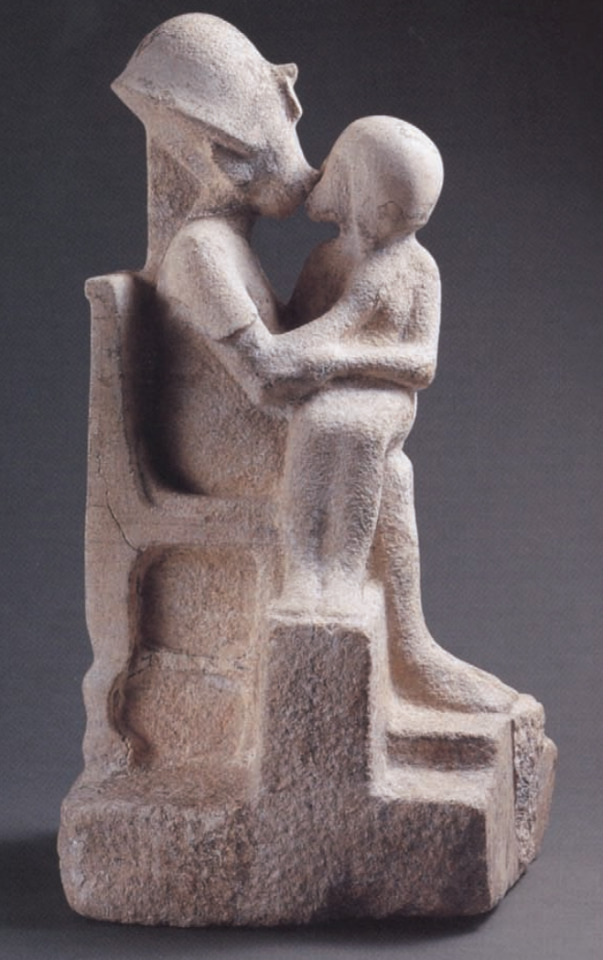
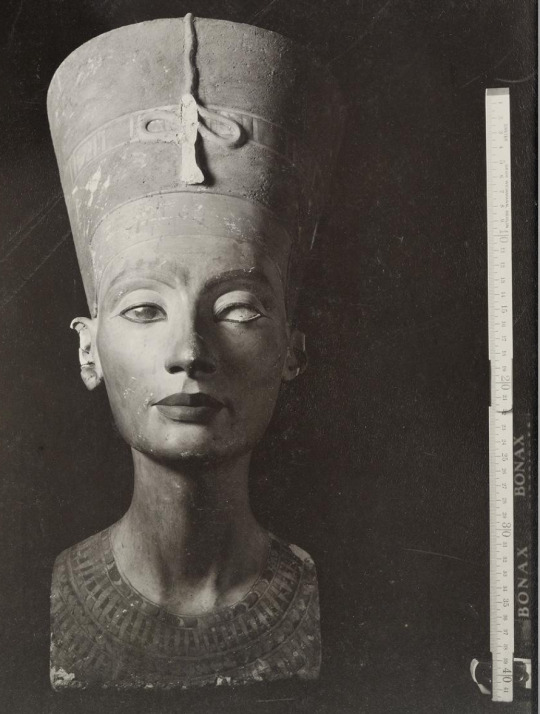
Fragments from the studio of Thutmose, sculptor to Akhenaten and Nefertiti. Ruins of Akhtaten, Amarna, Egypt.
101 notes
·
View notes
Text


19 notes
·
View notes
